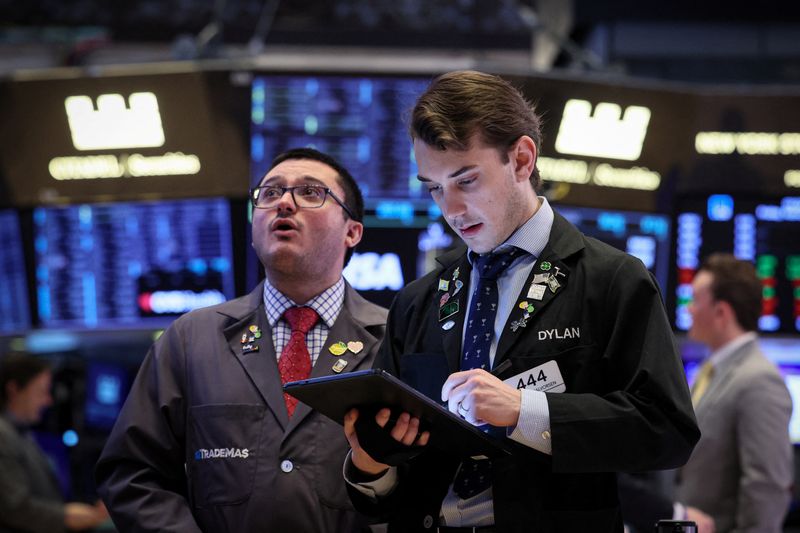Despite recent pullbacks, the S&P 500’s performance has remained in the green since the start of 2024, extending its last year’s rally fueled by a resilient US economy, expectations of rate cuts, and unprecedented expansion in the AI sector.
According to Bank of America strategists, technical analysis suggests that the index could reach as high as 6,000 in August 2025.
S&P 500 notches 12 straight months of positive YoY returns
In their Tuesday market analysis commentary, Bank of America strategists have analyzed the S&P 500's performance and identified bullish trends based on yearly returns.
After a challenging period from April 2022 through March 2023, where the S&P 500 faced 12 consecutive months of negative year-over-year returns, April 2023 marked a significant turnaround with positive gains.
“We viewed this as a bullish backdrop signal for US equities, and the SPX has rallied over 20% since then,” strategists noted.
Looking into recent trends, March 2024 concluded another sequence of 12 consecutive months with positive year-over-year gains for the S&P 500, which represents another bullish backdrop signal for the benchmark index, strategists said.
Historical data suggests that if the index continues to post positive returns for at least 12 months, it typically heralds substantial future gains.
Specifically, an average stretch of 20 months with positive year-over-year returns could see the S&P 500 rise by 17.1%, potentially reaching 6,150 by November 2025. Similarly, a median streak of 17 months is associated with a 14.4% increase, pointing towards an index level of 6,000 by August 2025, BofA added.
After breaking above the 4,600 threshold in December 2023, the SPX completed a 2022-2023 cup and handle “that favors upside into 5200s and 5600s,” said the Wall Street giant’s team of strategists.
“Given weaker Presidential election year April and May seasonality, the SPX has struggled with the 5200s, which could mark a pause prior to a June-August summer rally toward the 5600s,” they said. Key supports to watch for the index include areas around 5,000, 4,800, and 4,600 levels.
More lows could be coming
BofA strategists also highlighted that on Monday, April 15, the percentage of S&P 500 stocks trading above their 10-day moving averages (MAs) fell to 3.78%, marking the deepest oversold condition since September 2022.
Historically, such levels can signal a bottoming of the index, although not invariably. At times, the index may need to fall further, even as this short-term breadth indicator forms a higher low, creating a positive divergence that often precedes a market recovery.
However, the current market context lacks additional oversold signals that might strengthen the case for a market low.
Notably, the three-month Volatility Index (VIX), compared to the standard VIX and the percentage of stocks above their 50-day moving averages, does not show similar levels of oversold conditions.
This discrepancy “suggests that more time and lower tactical lows on the SPX may be needed for a stronger low in the market,” said BofA strategists.
